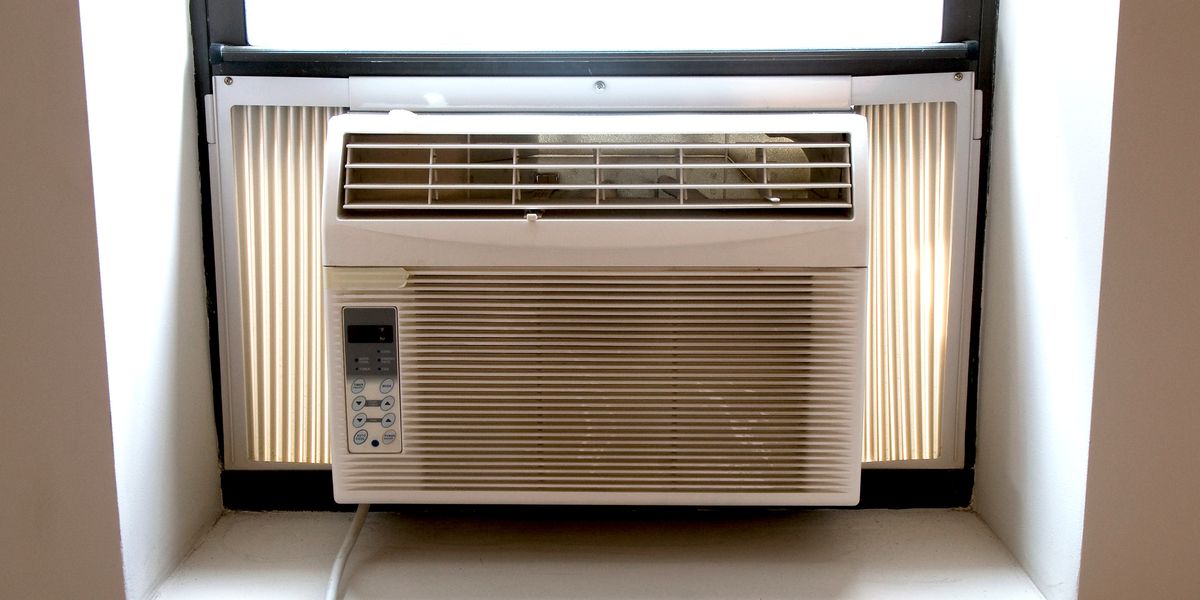A window air conditioning unit is an autonomous unit, which means that it has its own production of cold and heat and with all the necessary elements to carry out the treatment of the air. Installation of window aircon requires professional installers such as https://lkbrothersaircon.com/services/aircon-installation/ – so if you are getting one, engage these experienced installers. They are normally used to cool the air in a certain room or room. The range of powers with which it is manufactured is approximately between 1 and 6 KW.
The condensation is performed on the outside, that is, by the outside air. The compressor is hermetic and single phase.
Conventional window air conditioning only cools the air in summer and can provide heat in winter through built-in electric heating elements.
The window air conditioner is constituted by an iron receptacle to which all the elements are attached. The most important are:
- The evaporator coil.
- The condensing coil.
- The single fan-motor, with two shafts; one of them is coupled to the turbine that moves the air to be conditioned; the other moves the air in the direction of the condenser.
- The plate separating the area of the cooled air from that of the one used as an auxiliary element in the condensation process.
- The compressor, usually single-phase, with an external starting electric capacitor
- Expansion systems, generally in the form of a capillary tube.
- Air filter, located in front of the evaporator coil, which keeps the air conditioning clean.
At the bottom of the device there is a tray to collect the water produced by the condensation of the steam.
The admission of the outside air to act as a refrigerant in the condenser can be carried out through the side face or the rear face of the apparatus; in the first case the equipment is properly called “window”, in the second case the equipment is called wall.
The evaporator and condenser are generally made up of a bundle of copper tubes with aluminum fins.
The control panel is located on the front face of the appliance; the controls carried by the team are:
- Control to operate a device that allows the extraction and renewal of air from the room to be cooled.
- Fan speed selector.
- General selector that indicates: stop, heat, cold, ventilation.
- Thermostat that controls compressor operation.
Window Air Conditioner Operation
This description that we have made must be considered from a generic point of view; there may be commercial brands that manufacture a model of window air conditioner with elements different from those that we have indicated, or the same elements arranged in another way.
The air that reaches the evaporator, which is the air to be conditioned, must be between 19 and 30 ºC. If the cooler air arrives, frost (the water vapor in the air cools and ends up turning into ice) on the evaporator coil, which prevents its correct operation.
If the evaporator cannot absorb heat, because there is a frost barrier that prevents it, the refrigerant in liquid state cannot vaporize and there is a risk that it reaches the compressor in a liquid state, which would render it useless. Thus, it should be avoided in any circumstance that the refrigerant reaches the compressor in a liquid state.
On the contrary, if the air that reaches the evaporator is too hot (above 30 ºC), the compressor will act with an excess effort that can also be harmful. In any case, this precaution must be understood in the sense that air reaches more than 30 ºC continuously; if it’s for a short period of time, nothing happens. You can check https://climatecontrolexperts.com/air conditioning/ for quality service.


